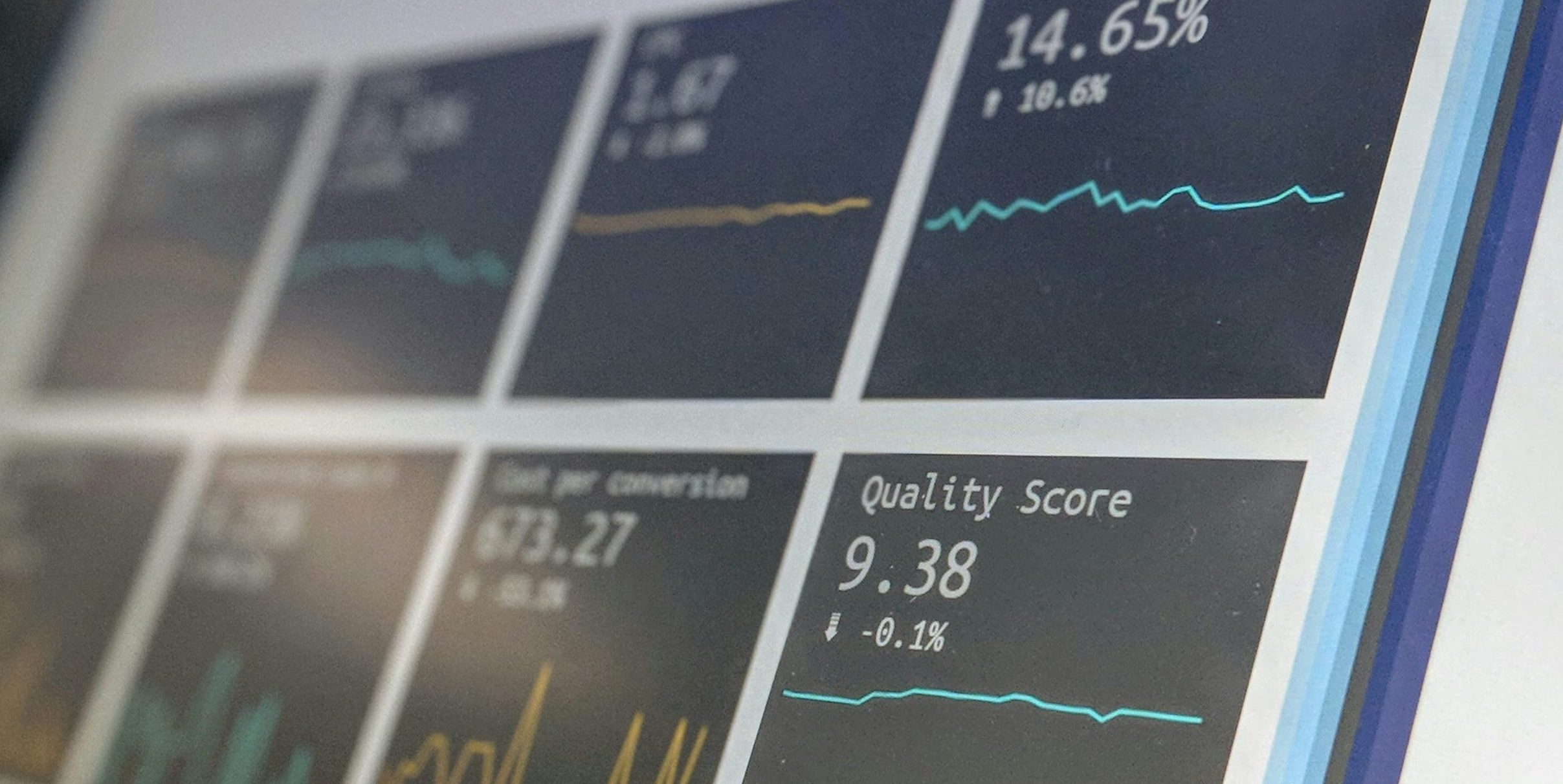“The best solution to achieve the best price is still a well-established competition.”
This quote, shared at the close of a presentation on Slovakia’s national benchmarking initiative, captures both the promise and the limitations of benchmark pricing in public procurement.
For procurement professionals, benchmarking can be a powerful tool to drive transparency, efficiency, and cost savings—but only if applied with care. The Slovak Ministry of Health’s journey with benchmark pricing between 2015 and 2021 offers valuable insights into what works, what doesn’t, and where benchmarking needs to evolve.
Why Benchmark Pricing Became Essential
In 2015, procurement in Slovak hospitals faced serious challenges: fragmented processes, weak oversight, and inconsistent pricing. As one speaker noted:
“No one checked the price itself, not even cost per se. Whether the combination of price and equipment is something that is needed or simply too much—this was not checked.”
This lack of price scrutiny meant hospitals were consistently operating with annual deficits of €80–120 million. Benchmarking was introduced to bring discipline, transparency, and comparability into procurement decisions.
The Ministry began by piloting benchmark checks on high-value medical equipment purchases (over €50,000). Early cases revealed striking inefficiencies: CT scanners in Slovakia cost €150,000–200,000 more than equivalent models in neighboring countries. This discrepancy triggered a broader rollout.
Building the Benchmarking System
By 2016, Slovakia had developed a database of procurement benchmarks across technologies, medical materials, and pharmaceuticals. Each request was compared against historical market data, including Czech and Polish reference prices.
“We gradually built a database … which by 2019 contained almost 5,000 works worth nearly €300 million.”
Digital tools further accelerated the process. The Ministry introduced Evo XL, an electronic portal replacing stacks of paper submissions. Hospitals could now view past procurement prices, improving transparency and streamlining approvals.
By 2019, the system had matured: requests were processed in weeks rather than months, specifications became standardized, and savings reached tens of millions of euros annually.
Achievements: Transparency, Savings, and Standardization
Benchmarking created both financial and systemic benefits:
- Cost savings: From 2016–2021, benchmarking saved an estimated €27 million on technology purchases, representing an 18% reduction compared to previous prices.
- Market discipline: Procurement officials gained confidence to negotiate more aggressively, using data-backed reference ranges.
- Process standardization: With centralized specifications for technologies like sonography, hospitals no longer needed to reinvent criteria for each tender.
As one official put it:
“There was less of a rush, either for competition or for obstructions, because the whole process allowed us to create standardized specifications.”
Benchmarking even won awards in Slovakia for its contribution to transparency and system improvements.
The Challenges: When Benchmarking Backfires
However, the system also exposed inherent risks:
- Market collusion: “Certain categories, certain groups of companies just agreed.” By knowing the benchmarks, suppliers sometimes coordinated pricing, creating oligopolies.
- Quality trade-offs: Focusing on the lowest reference price sometimes drove hospitals toward low-cost, lower-quality imports and crowding out established manufacturers.
- Hidden deals: Secret rebate and cashback agreements between hospitals and suppliers meant that the official benchmark price didn’t always reflect the true cost.
- Inflation and disruption: COVID-19 and global supply chain issues made historical benchmarks unreliable. “Comparing 2019 with 2021 is very difficult because of inflation and material shortages.”
These challenges highlight that while benchmarks provide guardrails, they cannot replace strategic market engagement and strong competition design.
Key Takeaways for Procurement Professionals
The Slovak experience offers three core lessons:
- Use benchmarks as a guide, not a ceiling. They help flag overpriced bids but should not dictate procurement outcomes in isolation.
- Combine benchmarking with robust tendering. Only competition—structured fairly and openly—ensures sustainable savings.
- Update benchmarks regularly. Markets evolve quickly. Outdated benchmarks risk entrenching inefficiencies or incentivizing low-quality substitutes.
Ultimately, as the presentation concluded:
“Benchmarking will be very, very difficult. And my final slide is… the best solution to achieve the best price is still a well-established competition.”
For procurement leaders, this is a reminder that tools and systems matter—but people, processes, and competition remain at the heart of value for money.









